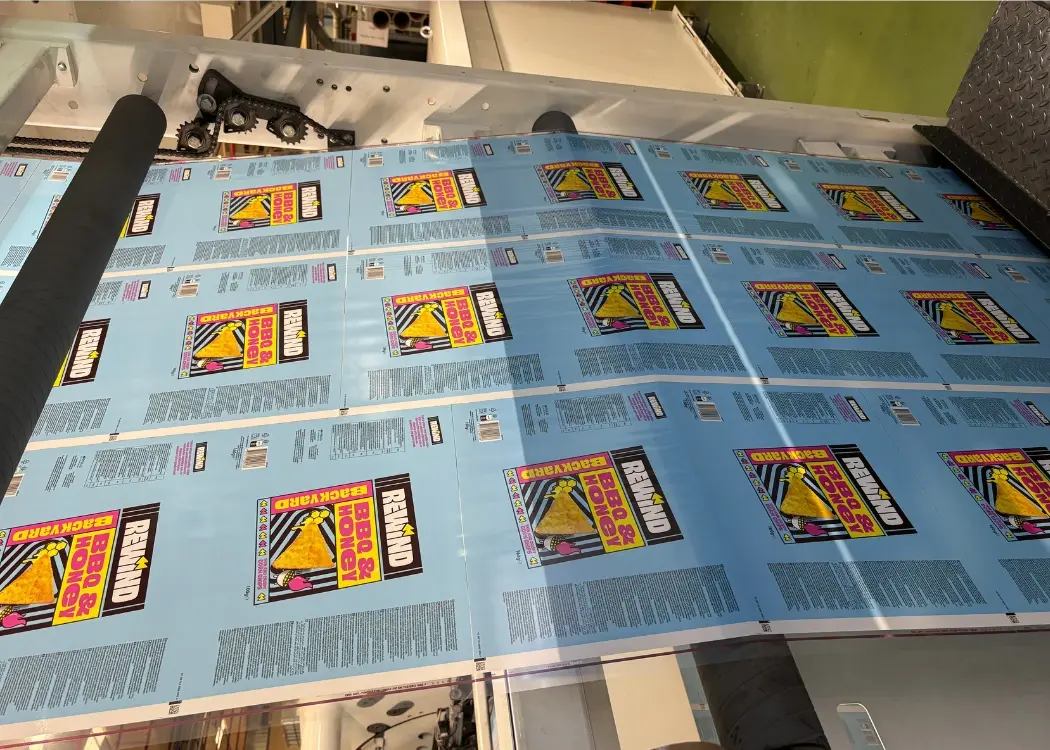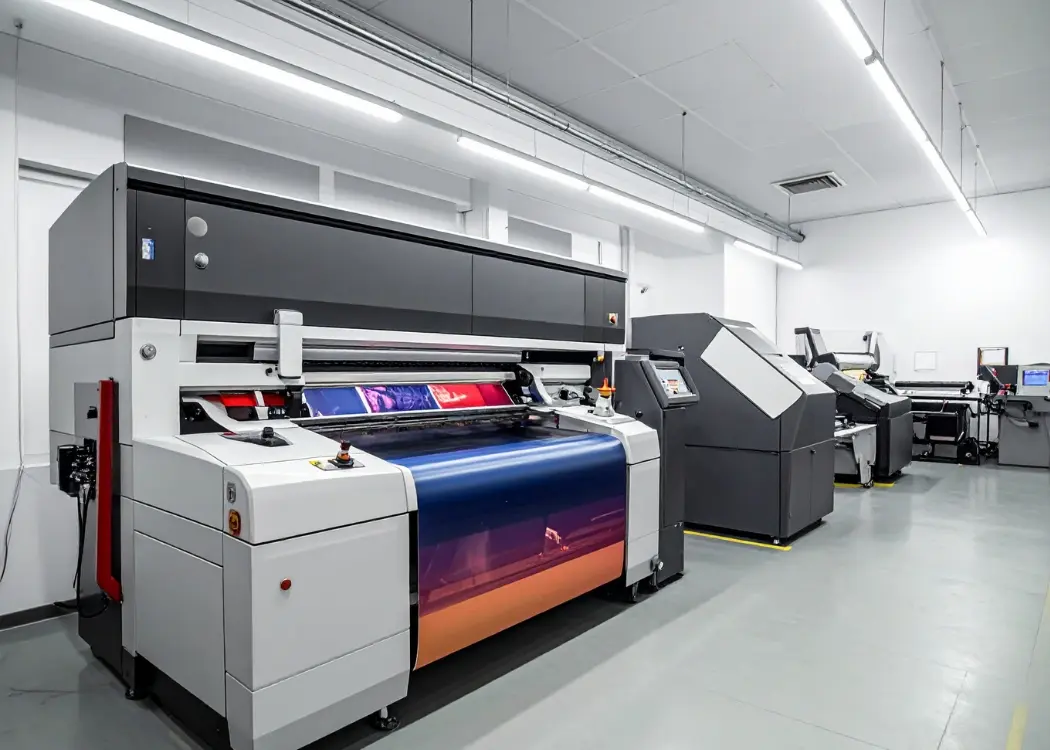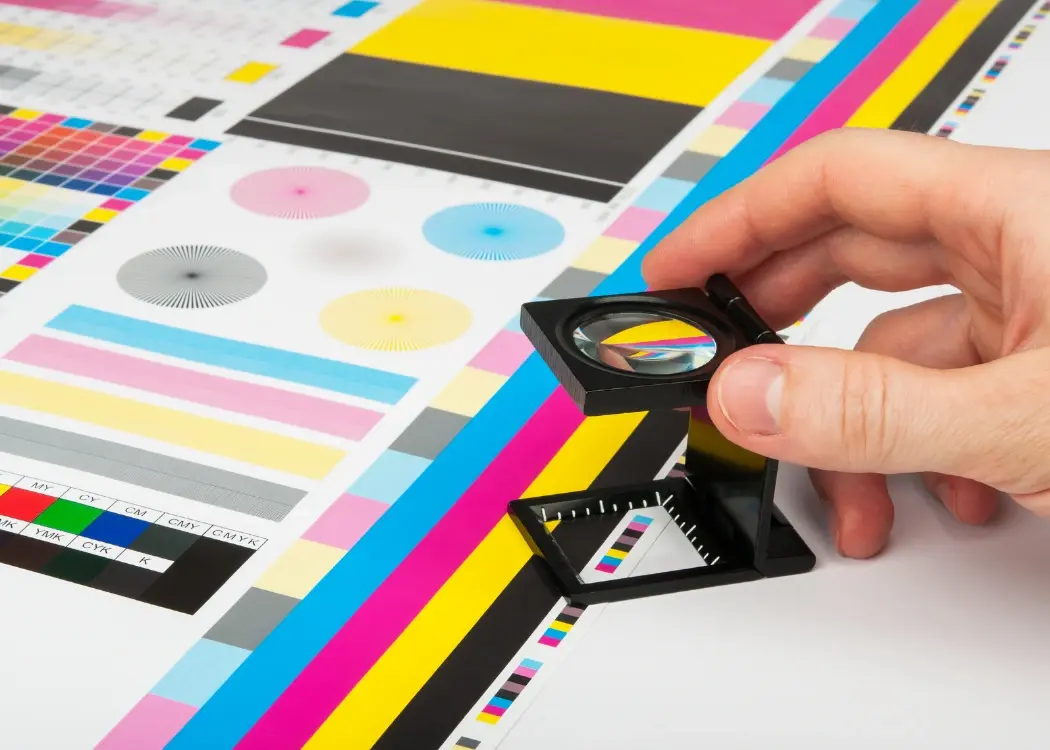From design to shelf: optimizing printing for FMCG packaging
Printing may seem like just one step in packaging production, but for food and beverage brands, it’s one of the most critical stages. A misprint, an...
3 min read
 Ekaterina Skalatskaia
:
September 3, 2025 at 8:15 AM
Ekaterina Skalatskaia
:
September 3, 2025 at 8:15 AM

When it comes to packaging design, many brands focus on aesthetics, deadlines, and approvals — but often overlook one critical factor: print coverage. Poorly managed ink usage can quietly inflate costs, compromise print quality, and even impact sustainability goals. Understanding the true cost of poor print coverage is essential for any brand that wants to deliver high-quality packaging efficiently.
In this article, we’ll explore why ink coverage matters, the financial and operational consequences of ignoring it, and how print coverage software, like the new feature in Cway, can help brands optimize their printing processes.
Ink coverage is more than just a technical detail — it’s a key factor in cost, quality, sustainability, and overall brand consistency. Understanding and managing coverage allows teams to produce high-quality packaging efficiently while protecting budgets and supporting sustainability goals.
Ink is one of the most significant expenses in printing. Excessive coverage doesn’t just waste ink; it can increase production costs through:
Longer drying times, which slow down production and increase labor costs
Higher substrate consumption, requiring more sheets or labels per print run
Potential reprints, when colors or prints don’t meet quality standards
Accurately calculating coverage ensures you only use what’s necessary while maintaining the design’s visual integrity. For packaging managers, this is not only about reducing costs but also about optimizing ROI on every print run.
High ink coverage can affect print quality in multiple ways:
Smudging or bleeding, particularly on coated or textured materials
Color inconsistencies, which can impact brand recognition and shelf appeal
Texture or gloss variations, depending on the print method and substrate
By managing ink distribution effectively, teams can maintain sharp, vibrant prints that match the original design intent. Packaging designers can experiment with ink density and gradients to achieve both visual appeal and cost control.
Minimizing unnecessary ink usage is a simple but powerful step toward eco-friendly packaging. Reducing ink:
Lowers environmental impact by decreasing chemical and water usage in printing
Reduces waste and energy consumption associated with reprints
Helps meet sustainability and ESG goals, which are increasingly important for brand reputation and consumer trust
Beyond cost and quality, ink coverage affects cross-team collaboration and brand consistency:
Ensuring consistent ink usage across SKUs prevents visual mismatches on shelves
Tracking coverage digitally allows design, production, and brand teams to align early, reducing revisions and bottlenecks
Integrating ink coverage checks into the approval process provides predictable results and fewer surprises during production
Material Matters: Different substrates absorb ink differently. Cardboard, coated paper, and flexible plastics all behave uniquely, influencing coverage strategy.
Print Techniques: Offset, digital, flexo, and gravure printing have different tolerances for coverage, affecting cost and quality decisions.
Design Complexity: Large solid color areas or detailed graphics can drastically increase coverage, so planning with coverage in mind is key to efficiency.
By understanding these factors, packaging designers can create visually stunning designs that are cost-effective and sustainable, while brand managers can confidently oversee production without compromising on quality or budget.
Optimize Your Packaging Printing!
Book a Free Consultation Today and Reduce Costs, Improve Quality, and Stay Compliant
Many brands underestimate the hidden costs of over-inking:
Wasted Materials: Excess ink often soaks into substrates, requiring more sheets or labels per print run.
Production Delays: High ink coverage can slow drying times or require additional quality checks, delaying packaging availability.
Rejected Batches: Prints with smudging or color deviations may be rejected, resulting in costly reprints.
Financial Impact: Over-inking can increase production costs significantly — in some cases by up to 20–30% per batch, depending on the scale of the print run.
Without a systematic way to measure and manage print coverage, these costs can accumulate unnoticed, eating into margins and impacting overall operational efficiency.
This is where Cway’s print coverage calculation feature comes in. Designed to streamline packaging workflows, it allows teams to monitor and control ink usage directly within the artwork approval process.
Here’s how it works:
Create a Print Coverage Task: Select the artwork you want to evaluate and add a new task.
Highlight Areas for Calculation: Specify the packaging areas and ink coverage regions to analyze.
Automatic Calculations: The system instantly calculates the percentage of ink coverage, giving immediate insight into potential issues.
Coverage Alerts: If coverage exceeds recommended thresholds, the system highlights it, helping teams act before printing.
By integrating these calculations early in the design and approval process, brands can:
Reduce printing costs
Minimize errors and reprints
Maintain consistent, high-quality print results
Support sustainability goals by using only the ink that’s necessary
To get the most value from print coverage monitoring, consider these best practices:
Check Ink Early: Evaluate coverage during the design stage, not after artwork approval.
Set Coverage Thresholds: Establish limits for different materials or print types to prevent over-inking.
Automate Calculations: Use software to reduce manual estimation errors and save time.
Encourage Collaboration: Designers, brand managers, and print teams should work together to optimize coverage while preserving quality.
Poor print coverage may seem minor, but it can have major consequences for your brand — from higher costs and quality issues to environmental impact. By understanding the importance of ink coverage and leveraging tools like Cway’s print coverage calculation, brands can streamline workflows, reduce waste, and achieve consistent, high-quality prints.
Take control of your ink usage today and see how smarter print coverage can save money, improve quality, and support your sustainability goals.

Printing may seem like just one step in packaging production, but for food and beverage brands, it’s one of the most critical stages. A misprint, an...

For brands managing packaging, printing is one of the largest operational costs — and yet it’s often treated as a fixed expense rather than an area...

The prepress process plays a critical role in ensuring high-quality packaging production. But with multiple stakeholders involved — including...